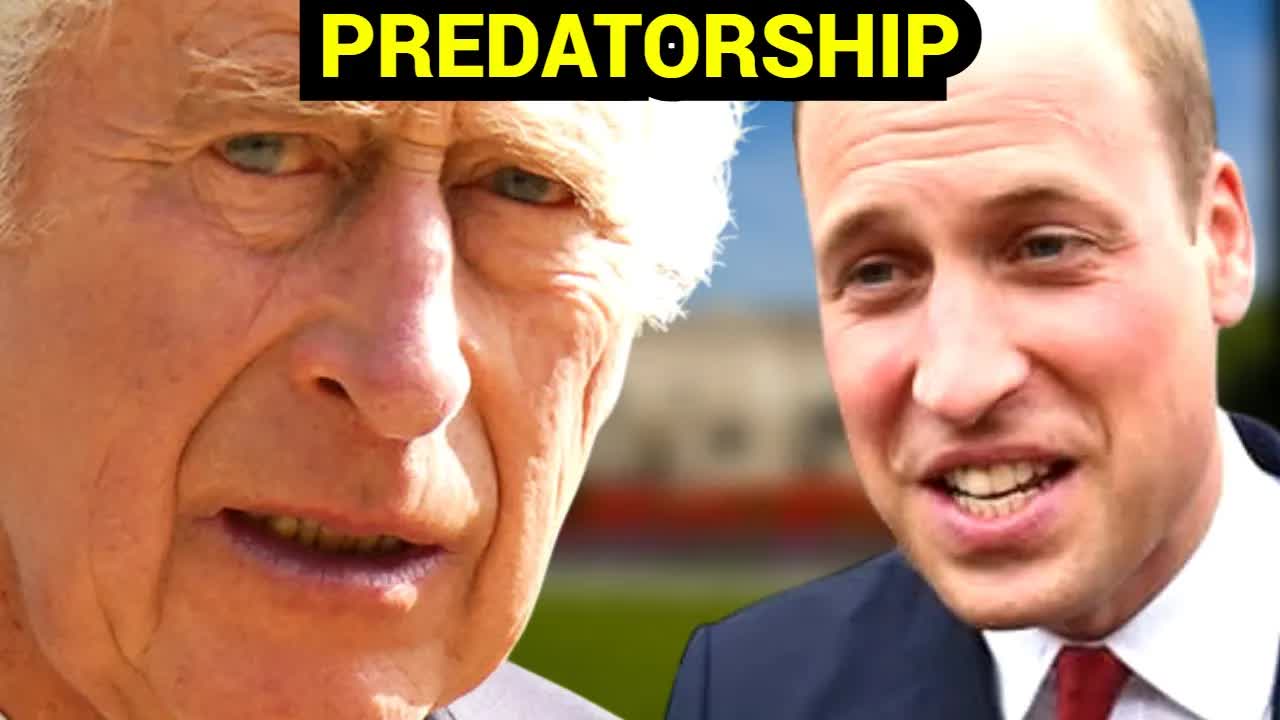As the eldest son of King Charles III and the heir to the British throne, Prince William is navigating a pivotal moment in his life.
The year 2024 has been marked as particularly challenging, filled with personal trials, family dynamics, and the weighty responsibility of modernizing a centuries-old institution.
With his father facing health struggles and ongoing tensions within the royal family, William has emerged as a symbol of stability, earning the reputation of being the royal family’s rock.
At 42 years old, William is no longer just the prince-in-waiting; he is stepping into a leadership role that could reshape the monarchy for the 21st century.
His journey is a fascinating blend of tradition and innovation, influenced by the legacies of both his grandmother, Queen Elizabeth II, and his mother, Princess Diana.
As the world keeps a close eye on him, William is crafting a future that balances royal duty with the need for adaptability, ensuring that the British crown remains relevant.
Recently, reports have surfaced about a bold five-point plan that William has drafted, aimed at transforming the monarchy to better align with contemporary values.
While the specifics of this plan are not fully disclosed, its themes signal a significant departure from traditional royal protocols.
A key component of his vision is the idea of a slimmer monarchy.
By streamlining the number of working royals, William hopes to focus on fewer engagements that resonate more deeply with the public.
This approach comes as a response to mounting criticisms surrounding royal expenditures and perceptions of an overextended institution.
Additionally, William is reevaluating the monarchy’s relationship with the Commonwealth.
Recognizing the changing political and cultural landscapes within member nations, he envisions a more symbolic role for the monarchy, one that respects the growing independence of these countries while maintaining supportive ties.
Modernizing the monarchy’s public image is another crucial aspect of William’s plan.
He aims to present a less formal and more relatable royal family, particularly to younger generations.
This shift could involve scaling down grand ceremonies and reimagining events like coronations, making the royals seem more approachable rather than distant figures.
These efforts echo the legacy of Princess Diana, who was known for her genuine connections with people.
The urgency for William to step up has intensified due to King Charles III’s ongoing health issues.
Diagnosed with cancer earlier this year, the 76-year-old monarch is currently undergoing treatment while managing a reduced schedule of royal duties.
His resilience amid adversity has been commendable, yet it underscores the pressing need for William to take on more responsibilities to ensure the monarchy continues to function smoothly.
In February, King Charles made a rare public acknowledgment of his condition, honoring key members of his medical team.
This gesture highlighted the seriousness of his illness and the balancing act he faces between treatment and royal responsibilities.
For William, this means stepping in to provide stability during a tumultuous time for the family.
Adding to the complexity of this year is the return of Meghan Markle, Duchess of Sussex.
After a period of relative quiet, Meghan has re-emerged, using social media to promote her projects and share glimpses of her life in California.
Her comeback has reignited public interest and stirred controversy, placing additional strain on the royal family.
Despite the tensions, there is cautious optimism regarding a potential reconciliation between Prince William and Prince Harry.
Sources indicate that the brothers may meet face-to-face in 2025, which would be their first public interaction since Queen Elizabeth II’s funeral in 2022.
Such a meeting could mark a significant step toward healing the rifts within the family and restoring unity.
As King Charles focuses on his recovery and prepares for international engagements, including a significant visit to Rome, William is poised to define his legacy through leadership.
His vision reflects a deep understanding of the monarchy’s need to adapt to modern challenges.
The decisions made by William and other royal family members in the coming months will undoubtedly have lasting implications for the institution’s future.
For Prince William, this year is not merely about preparing to ascend the throne; it’s about redefining what it means to lead in today’s world.
His resilience, vision, and commitment to duty offer hope for a monarchy that aspires to be a symbol of stability and continuity amidst change.
The future of the British crown rests on his shoulders, and his actions today will shape the monarchy’s legacy for generations to come.
In the face of unprecedented challenges, William is proving that he is ready to lead.
With his grandmother’s legacy guiding him and his father’s health struggles serving as a poignant reminder of leadership’s fragility, he stands as a beacon of hope for a monarchy in transition.
His ability to adapt, innovate, and lead with purpose will determine the future of one of the world’s oldest institutions, ensuring its survival and relevance in the years ahead.
Related Stories

